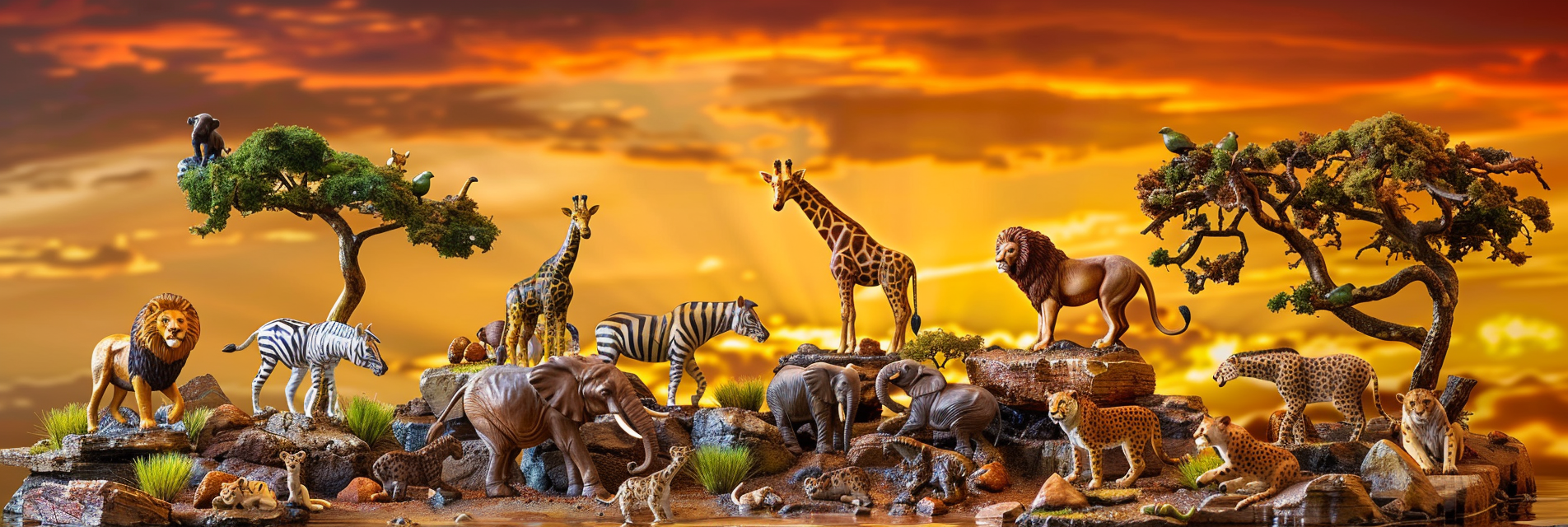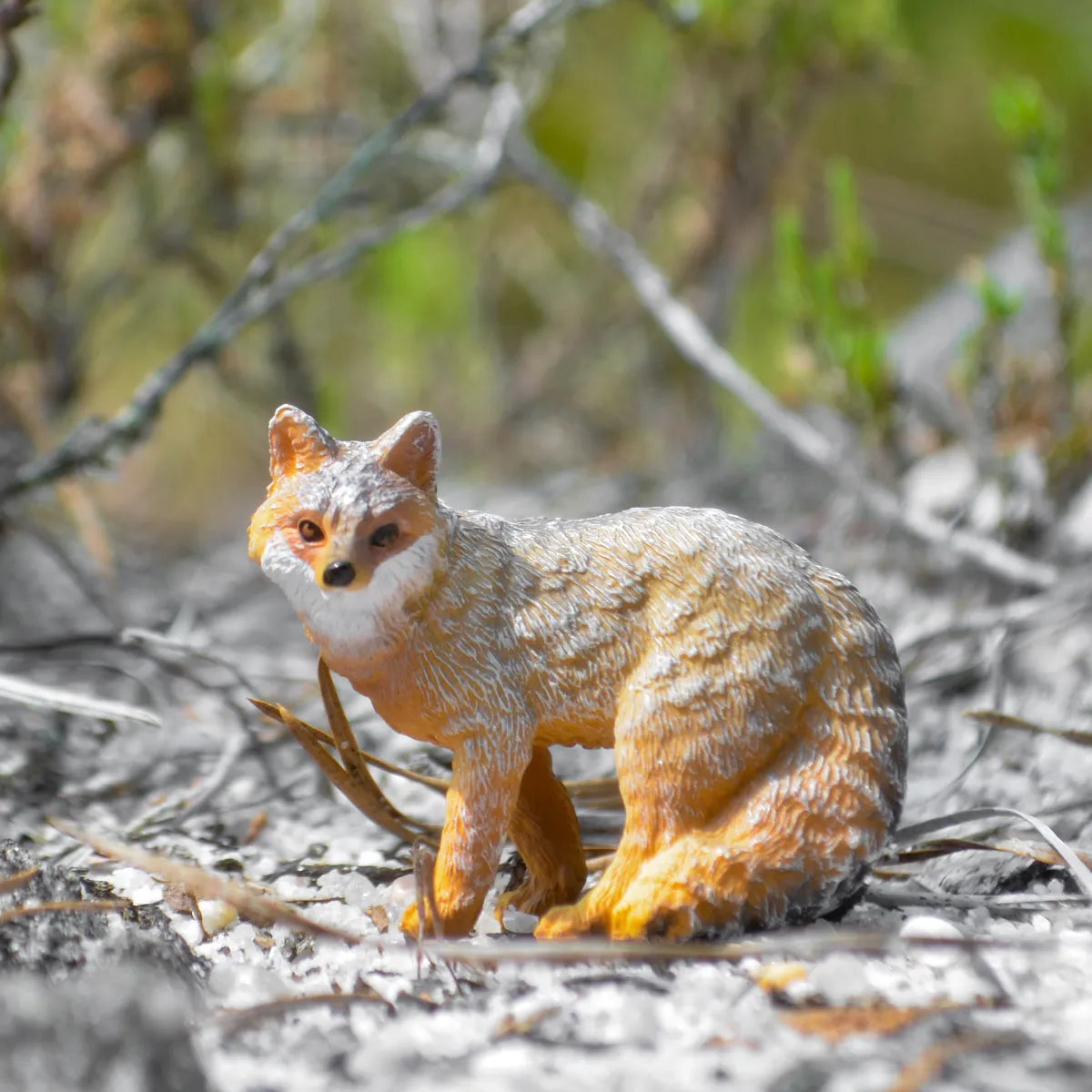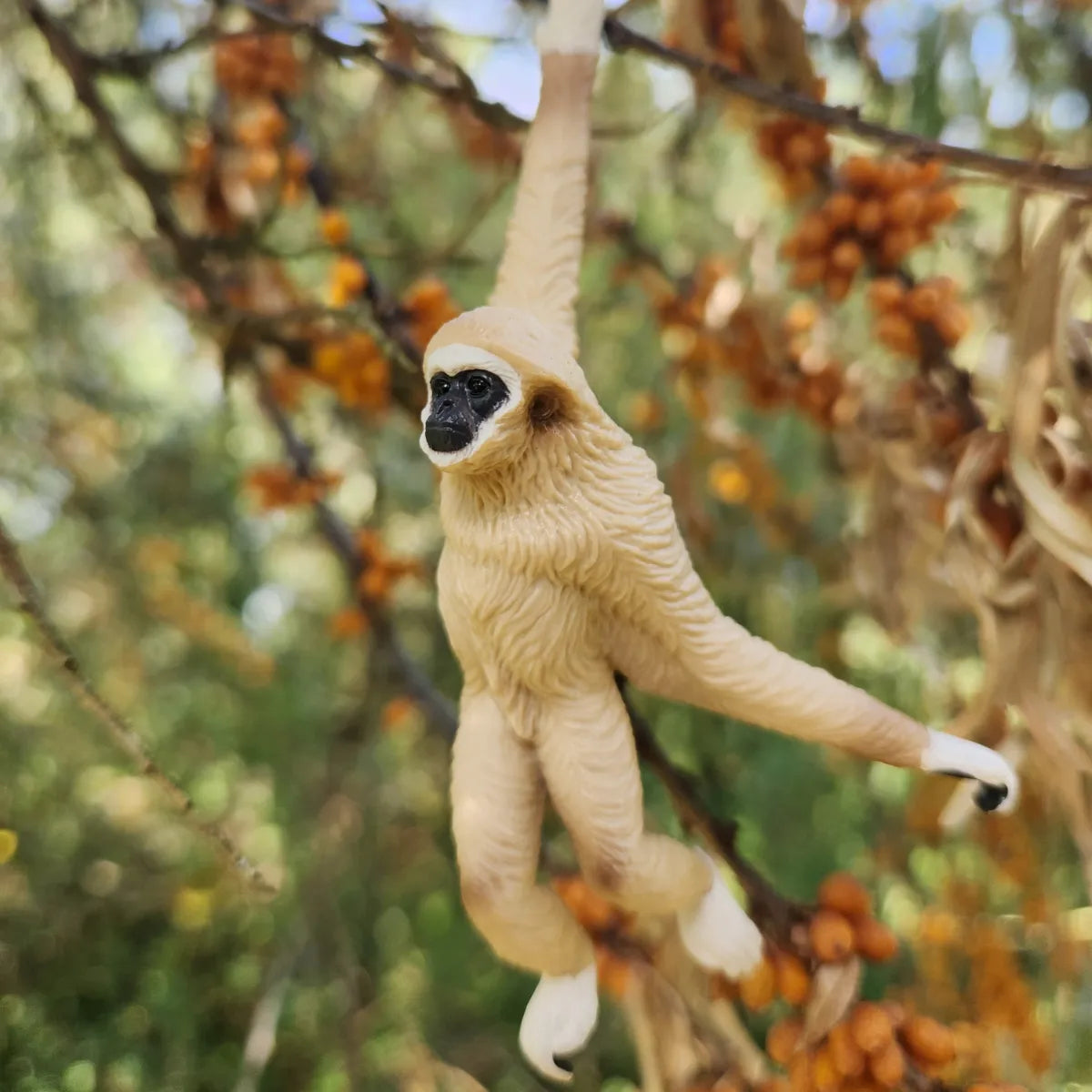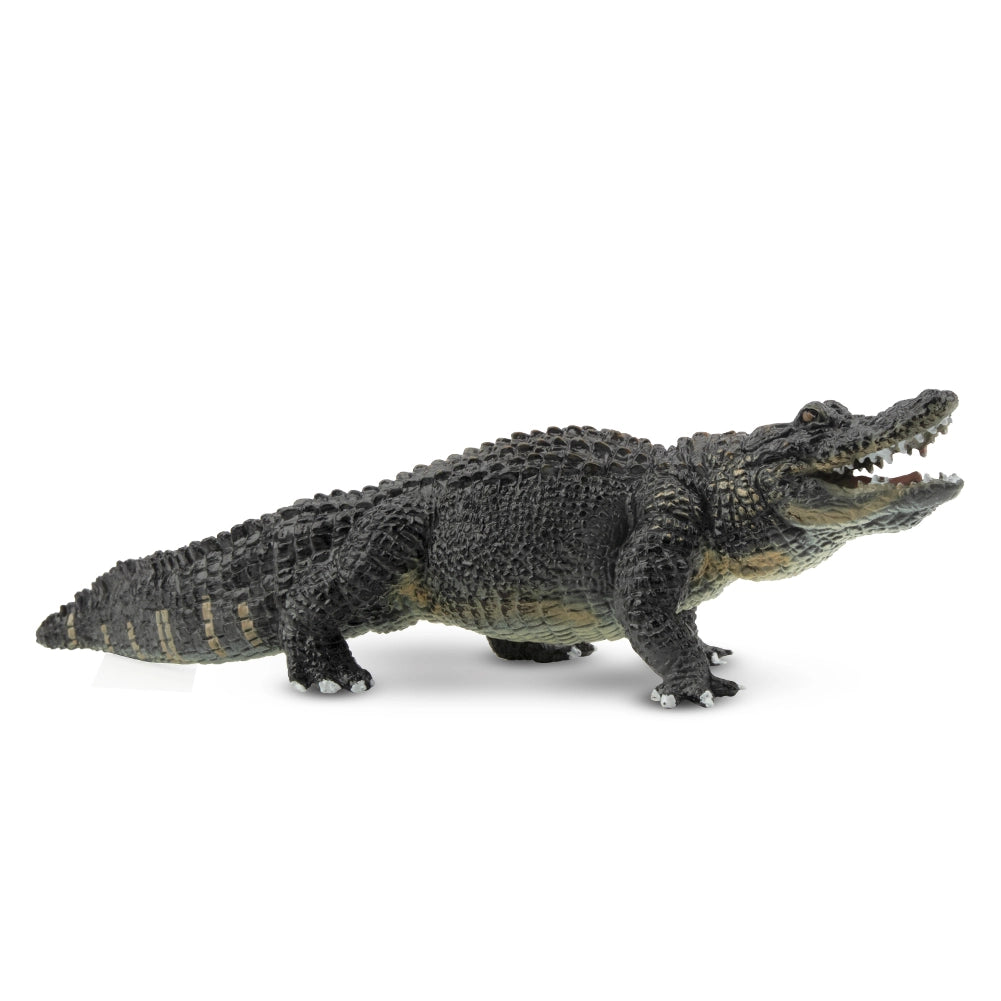
Alligator
The Alligator is a large reptile belonging to the family Alligatoridae, with two extant species: the American Alligator (Alligator mississippiensis) and the Chinese Alligator (Alligator sinensis). These creatures are distinguished by their broad snouts, powerful tails, and formidable presence in their natural habitats. Alligators are an essential part of the ecosystem, contributing to the health of wetland environments.
Scientific Name
Alligatoridae
Behavior
Alligators are primarily nocturnal hunters that rely on a diet of fish, birds, mammals, and other reptiles. They are known for their "sit-and-wait" hunting strategy, lying motionless in the water waiting for prey to come close before striking with rapid speed. Alligators are also capable of short bursts of speed on land and are excellent swimmers. They communicate through a variety of sounds, from growling and hissing to more subtle vocalizations during mating season.
Breeding
Alligator mating season occurs in the spring, with males bellowing to attract females and establish territory. Females build nests made of vegetation and mud on the water's edge, where they lay between 20 to 50 eggs. The temperature of the nest determines the sex of the offspring, with warmer temperatures producing males and cooler temperatures producing females. After about 65 days, the eggs hatch, and the mother helps carry the young to the water, where she will protect them for up to a year.
Characteristics
American Alligators can grow to be about 11 to 15 feet (3.4 to 4.6 meters) long and weigh up to 1,000 pounds (450 kg), with males being significantly larger than females. They have a distinctive black or dark olive-green color with a lighter underside. Chinese Alligators are much smaller, rarely exceeding 7 feet (2.1 meters) in length, and are critically endangered. Both species have armored bodies with hard, bony plates called osteoderms or scutes.
History
Alligators have existed for millions of years, with their ancestors dating back to the age of dinosaurs. Historically, both species of alligator faced significant population declines due to hunting and habitat loss. The American Alligator was once listed as endangered but has since recovered due to strict conservation measures and habitat protection efforts.
Current Status
The American Alligator is currently classified as Least Concern by the International Union for Conservation of Nature (IUCN), thanks to successful conservation efforts that have allowed its populations to rebound. It is now considered a conservation success story. The Chinese Alligator, however, remains critically endangered, with only a few dozen individuals believed to exist in the wild. Conservation efforts for the Chinese Alligator include breeding programs and habitat restoration projects aimed at increasing the wild population.





